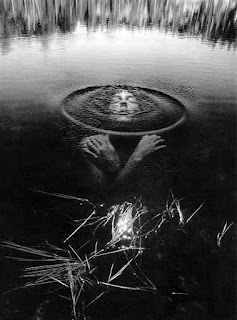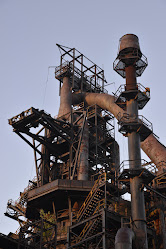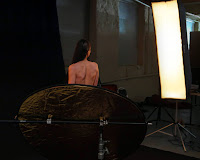Photography: What is Real
For the longest time, we always though that what we saw in a photograph was reality.
The camera doesn't lie. Then came the dawn of digital photography and the programs for photo manipulations, and our idea of what's real, changed.
Recently, I've seen the debate about photography purism spring up again. Specifically due to the new updates in Photoshop 2022 and other such programs that has made it easier and easier to manipulate, change, remove and add things to photographs.
 |
 |
| Ansel Adams Moonrise Over Hernandez, NM |
 |
| Ansel Adams Moonrise Over Hernandez, NM Contact Print |
The finished image has so much impact and mood. It tells a story and is a beautiful and iconic image of the Southwest.
So why now, because of digital photography and the ease of manipulation are people suddenly concerned with photography being real?
The winner of one of Britain's most prestigious photo competitions was stripped of his title because of extensive use of Photoshop. There were no rules banning the use of Photoshop or that the final image had to be pure. But the purists weren't happy and their outrage won out.
David Byrne, the photographer, pointed out that "photography is art and he was just trying to create the best image possible."
So, why does it matter if a photo was manipulated or not? What is wrong with using the same artistic license a painter does with their painting?
Yes, photographs have been used to lie in the media. To pursue an opinion during an election or in a dictatorship trying to hide the truth from the citizens. But misrepresenting actual events is very different that creating art. I am talking about the art of photography, not photojournalism.
I have been a photographer for over 35 years and have seen the birth of the digital age. Believe me, at one time I was a purist. Thinking that any manipulation other than simple dodging and burning was wrong. But it isn't. Photography is an art and making the best image possible is the goal.
We would all like to go out and shoot that perfect landscape where the sky is dynamic and the earth vibrates with color. But in the real world this is not the case most of the time.
So like the painter choosing their color pallet, photographers use the tools at their disposal to create a photographic work of art that may transcend what was there into something more.
Right or wrong, doesn't come into play it's a question of art and the eye of the artist.
It might not be your tastes but it doesn't make it wrong.
What do you think? Let me know if the comments
Below are a few other examples of early photographic manipulations.
 |
| Dennis Stock "James Dean Walking at Night" |
 |
| Jerry Uelsmann Untitled 1992 |




Comments
Post a Comment